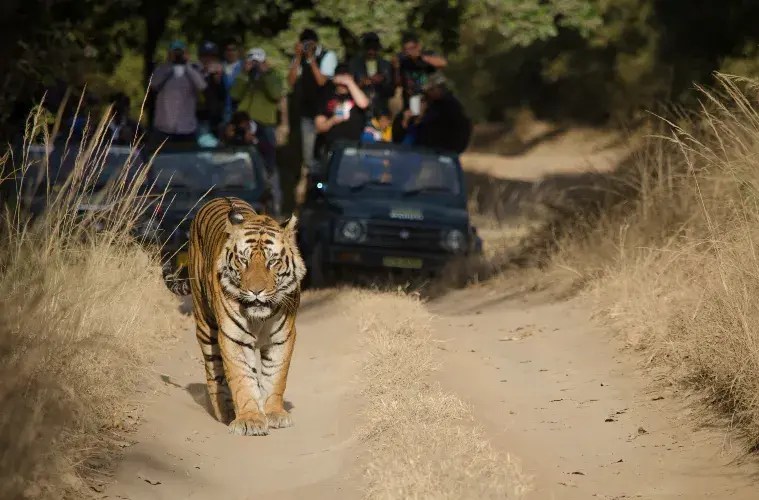A big blessing of having a large, outdoorsy family is that I got to do a lot of things I wouldn’t naturally be inclined towards given my personality and my abilities or lack thereof. I was a sickly child with many health issues that weren’t super life-threatening, but they definitely held me back. Add to that, I was never athletic and did not have a good balance (still don’t if I’m being perfectly honest) and never played sports.
My point is that I would never be an outdoorsy kid if it wasn’t for the influence of my family who loved hiking, trekking, swimming and all the activities you could do outdoors, but also held a special love and appreciation for nature and wildlife. So, as a result, I spent my summer vacations growing up, visiting most of India’s famous and diverse national parks and wildlife sanctuaries. In this article, I will mention some that I have visited and some that are on my bucket list too.
1. Kanha National Park
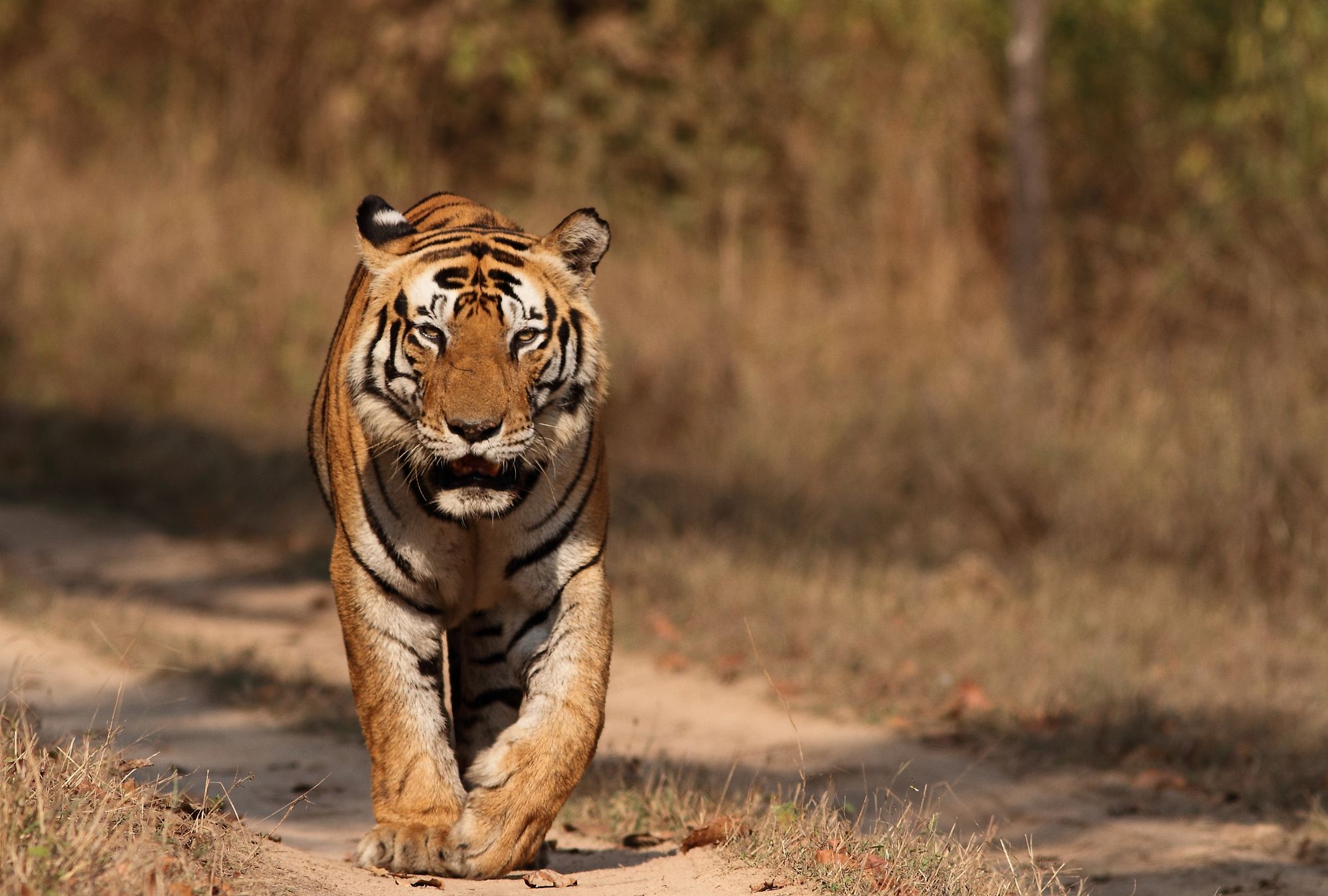
Historically, the forest land of this national park in central Madhya Pradesh was inhabited by two indigenous tribes, the Gonds and the Baigas, who still live in the surrounding areas to date. While Kanha is most famous for its tigers, it is also famous for its population of Barasingha or Swamp Deer among many other animals.
2. Bandhavgarh National Park
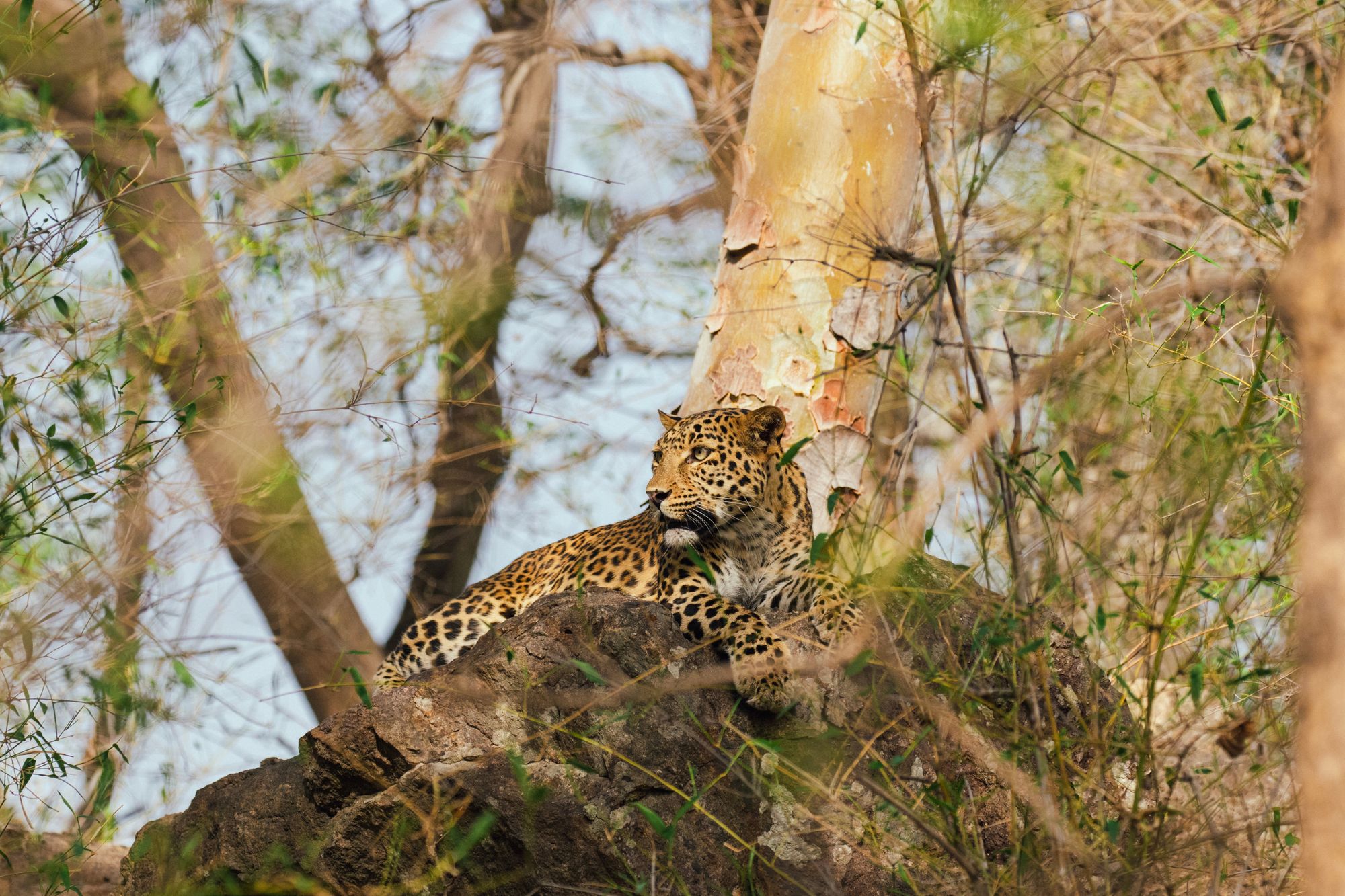
Also in Madhya Pradesh, we travelled to both Kanha and Bandhavgarh National Parks together and made a long summer trip of it. Again, tigers are aplenty, but also what I remember the most was this regal leopard that we spotted perched upon a tree looking slightly bemused at us. Aside from the big cats, you can spot sambhar deer, barking deer, bison and even hyenas. It’s quite special!
3. Jim Corbett National Park
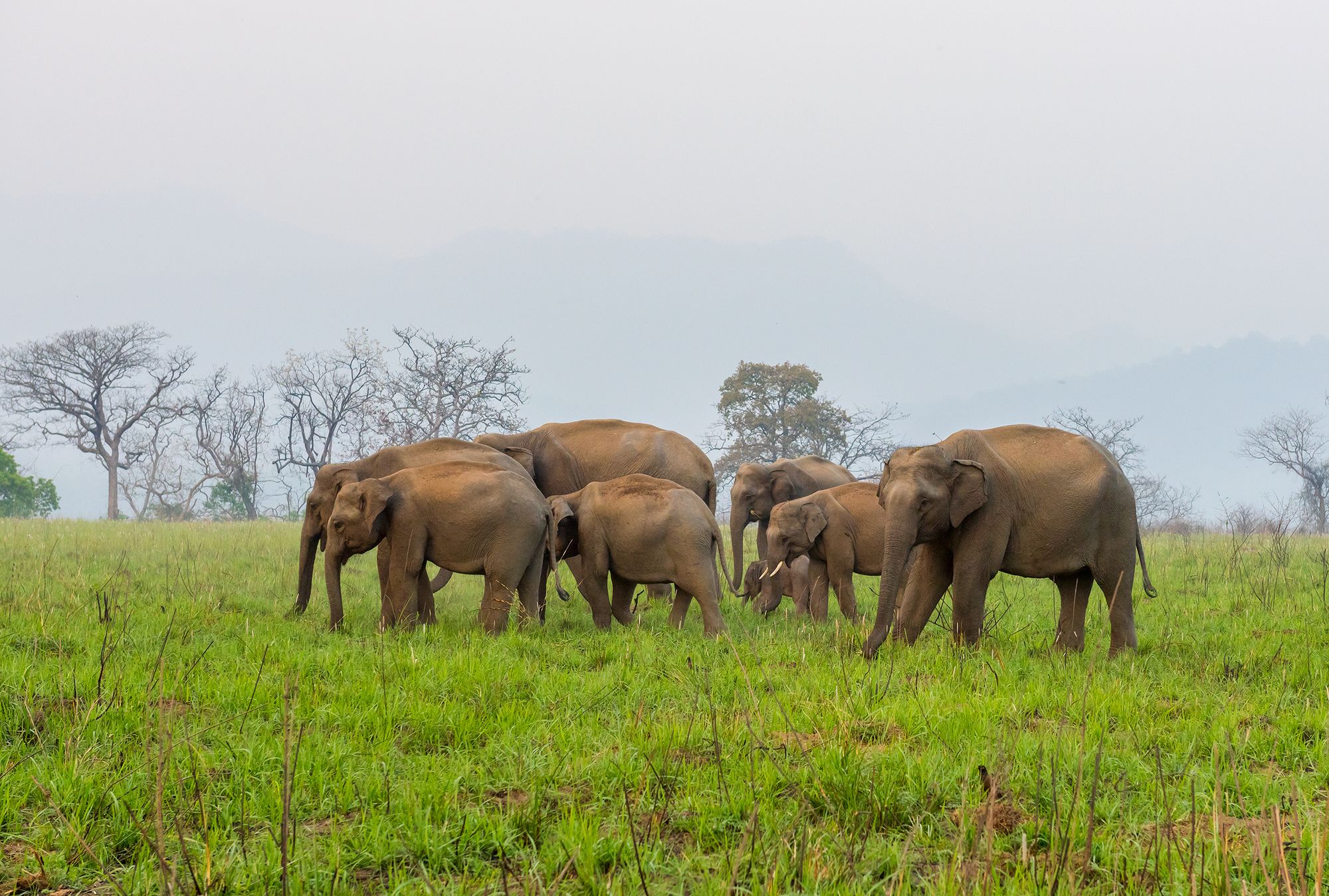
If I had to bet, I would bet on this National Park bring the most famous one in India. Named after the renowned conservationist, Jim Corbett, this one boasts of tigers, elephants, hundreds of bird species. Nestled in the Himalayan foothills, very close to Nainital, this park and the larger reserve have a lot to do in terms of activities too other than the jungle safaris. You can choose between visiting waterfalls, river rafting and much more.
4. Kaziranga National Park
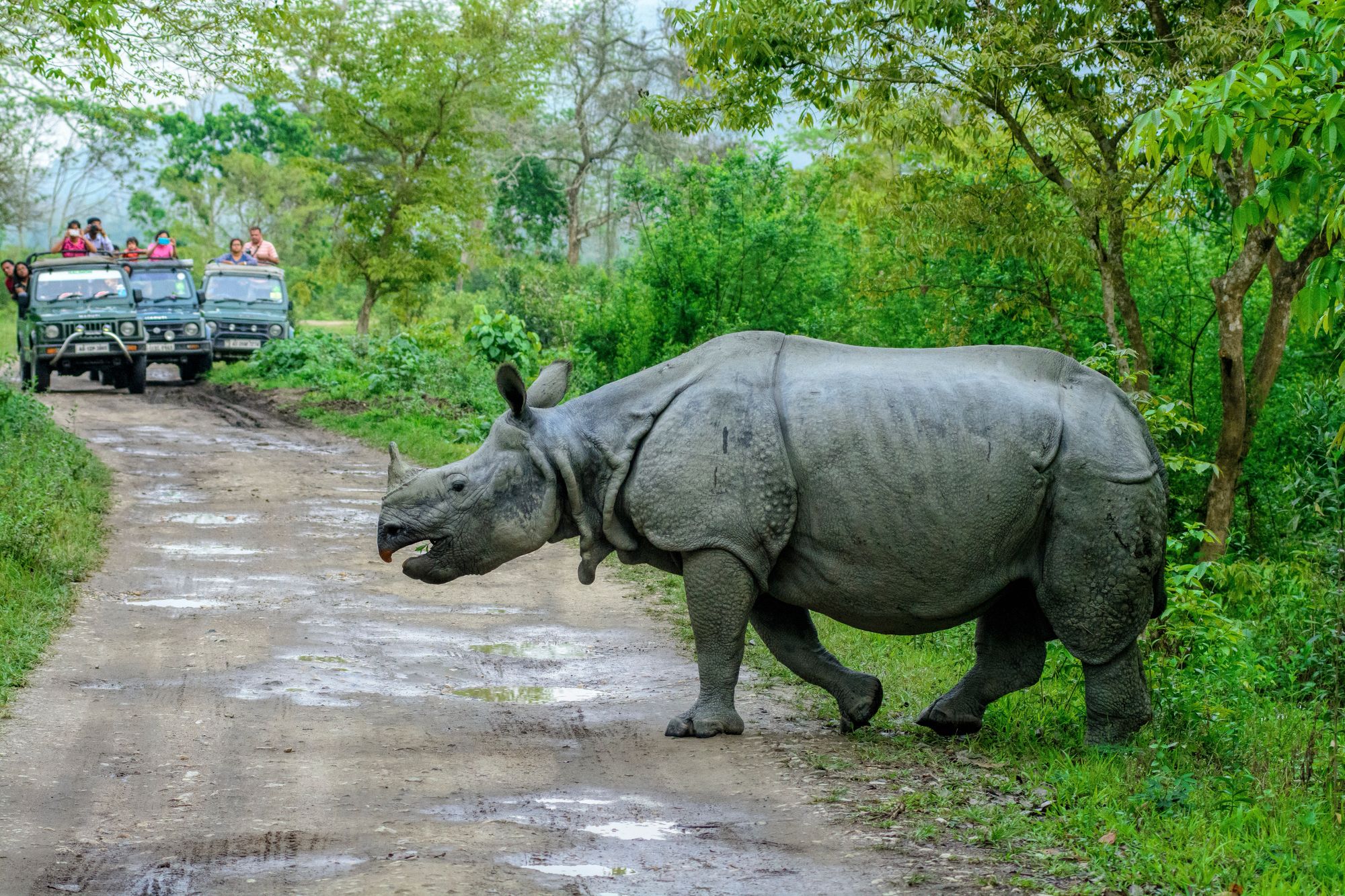
This one is pretty high up on my list because of its star attraction, the one-horned rhinoceroses. This area in Assam houses so much of the world population of rhinos that it has been declared a World Heritage Site too. Owing to its location, it crosses over a biodiversity hotspot and therefore has many species of birds that are visible too.
5. Bandipur National Park
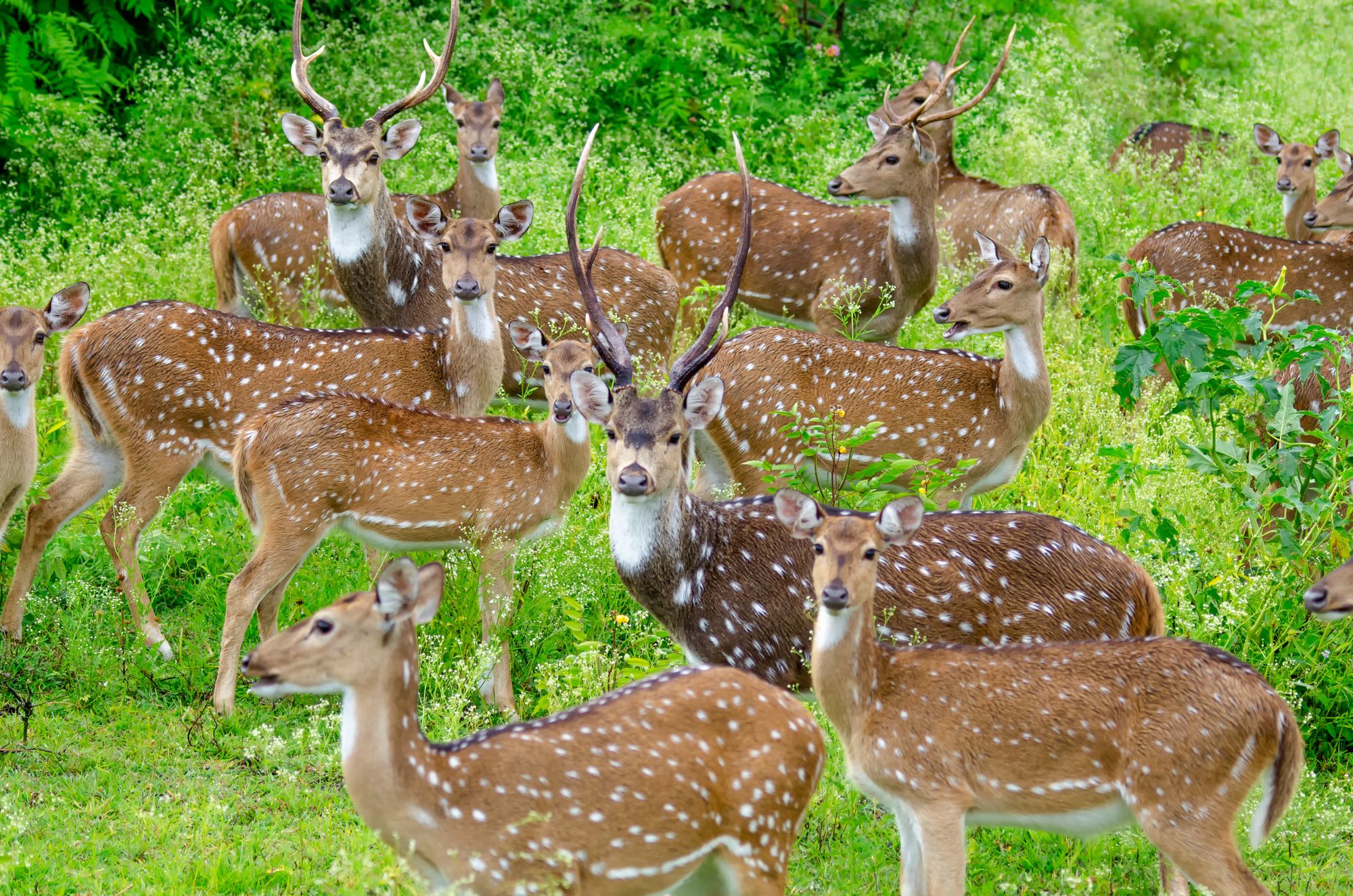
If you live on the West Coast of India, Bandipur National Park is a great road trip destination. Located in South Karnataka, it is said to have the second largest population of tigers and the largest population of elephants. It shares its boundary with Nagarahole National Park, Wayanad National Park and Mudumalai National Park, so there is lots to do and lots to cover. Aside from tigers and elephants, you can also spot spotted deer or chittal and even sloth bears!
6. Mouling National Park
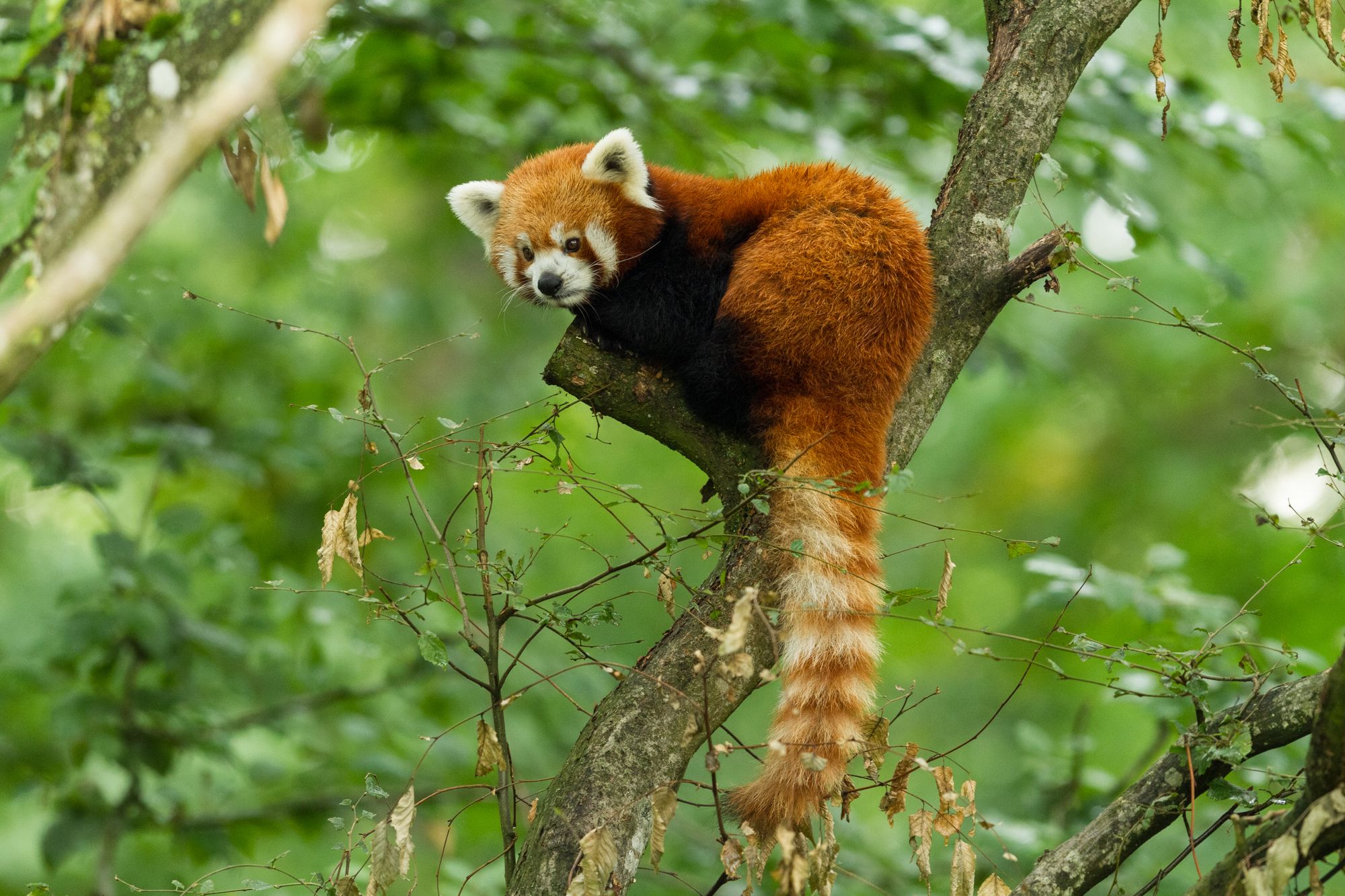
High up in the North-Eastern state of Arunachal Pradesh is Mouling National Park. Although Arunachal Pradesh has many wildlife reserves and sanctuaries like Pakke Tiger Reserve, Eagle’s Nest Wildlife Sanctuary and many more, I chose to list this one as it has very cool flora and fauna both. From tigers and leopards to more unheard of species like takins, serrow, hoolock gibbons and red pandas among many other animals and countless birds and snakes too! ‘Mouling’ means red poison and gets its name from a poisonous plant that grows only in this region.
7. Valley Of Flowers National Park
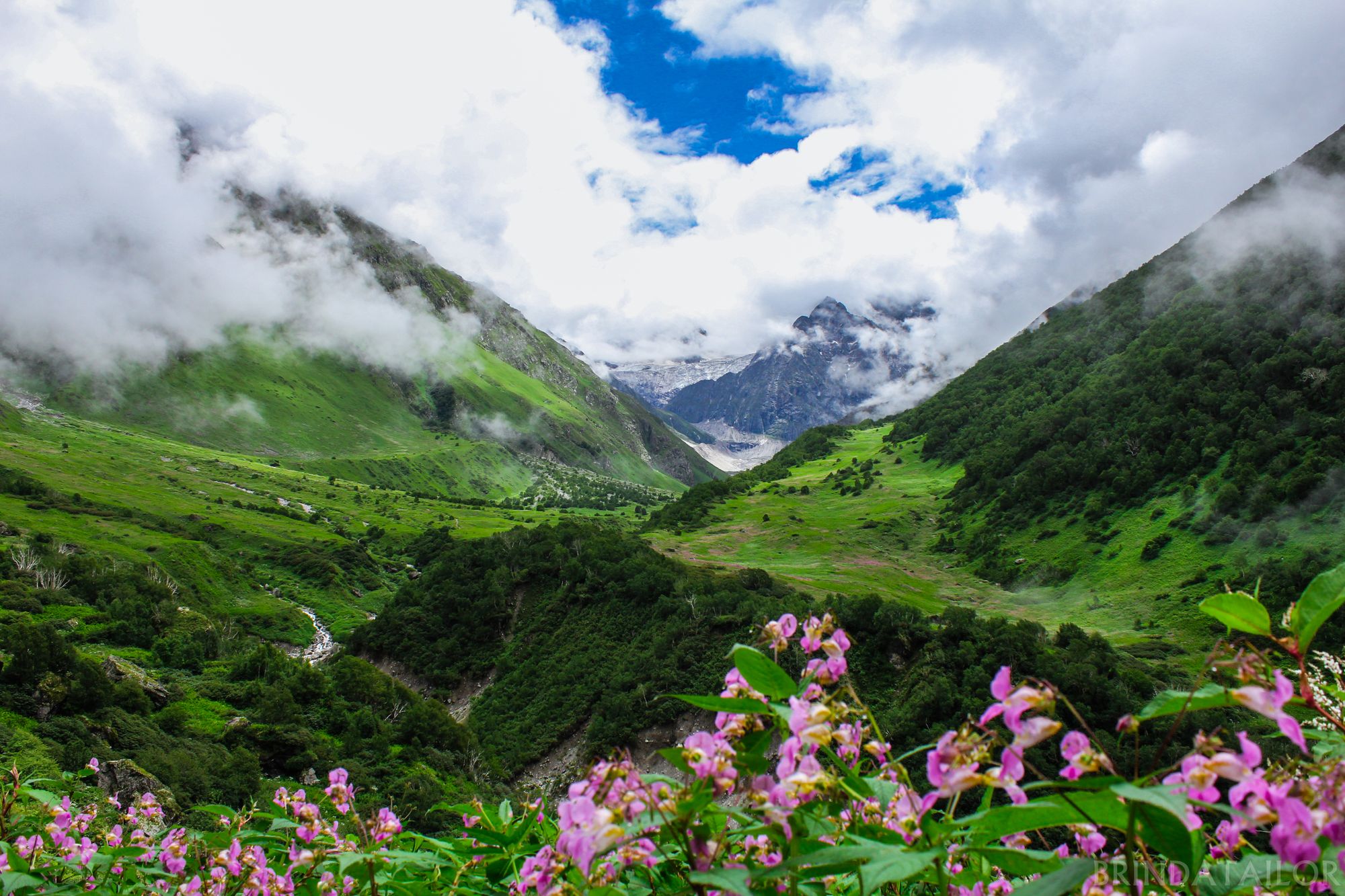
By far, the most stunning of all, this national park may be light on animal sightings but is beyond beautiful. This valley in Uttarakhand is absolutely unreal! It comes alive in the monsoon months and has 520 species of plants, 498 of which are flowering plants. Imagine that for a second!
8. Sunderbans National Park
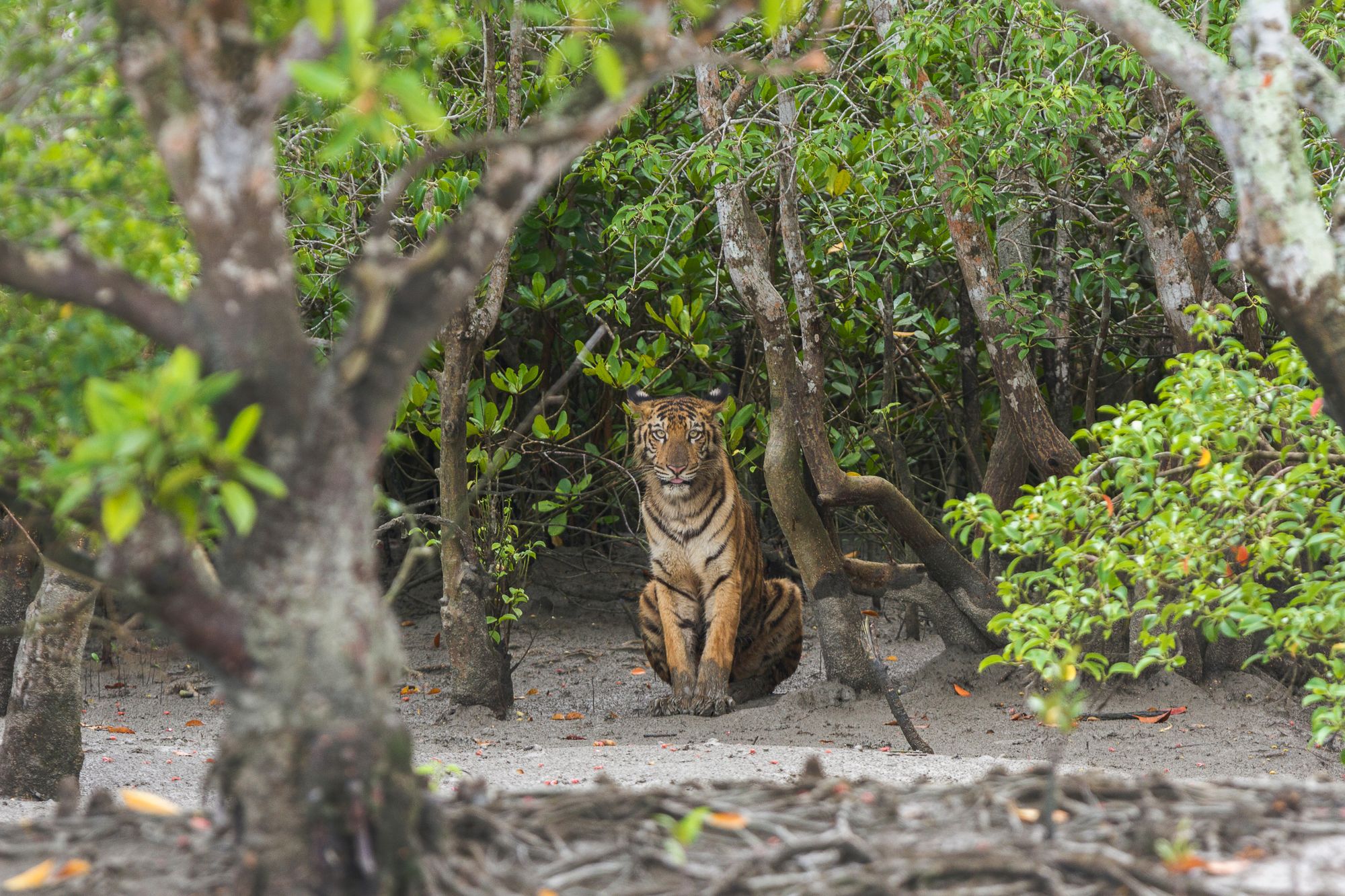
What makes this particular park really special is that it is located on the delta of the river Ganga in West Bengal and is primarily in mangrove forests. It is also the Bengal tiger and the saltwater crocodile. You can also see, sea anemones, horseshoe crabs and more in the Sundarbans mudflats. These forests are also home to the flying fox, the Indian grey mongoose and much more.
9. Tadoba National Park
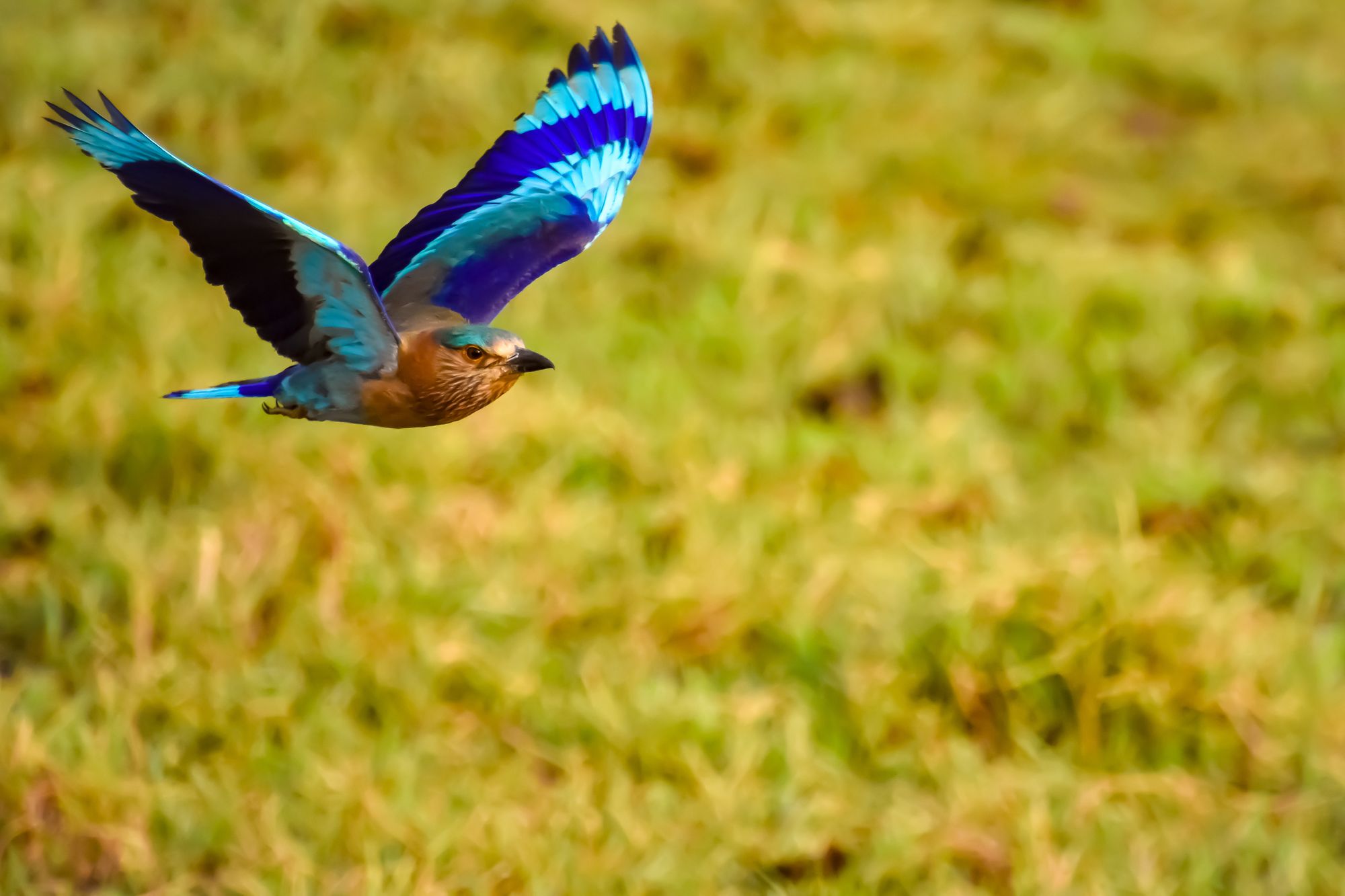
This National Park is in Maharashtra and is its oldest and biggest park. Tigers and leopards live here and in surrounding forest land and other animals include sloth bears, chittal, sambar and barking deer, wild boar, civet cats, crocodiles, pythons, cobras, nilgai and many, many more. Again, this one is another on my must-visit list!
Follow @missmalinilifestyle for more such travel stories and recommendations.

